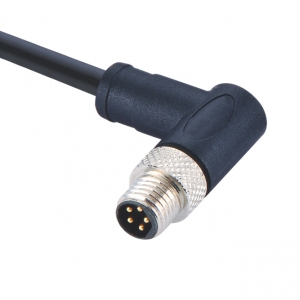A USB 3.0 camera cable is a cable that is used to connect a camera or other imaging device to a computer or other host device using the USB 3.0 interface. USB 3.0 is a standard for high-speed data transfer that was developed by the USB Implementers Forum (USB-IF) and it is backwards compatible with USB 2.0 devices.

A USB 3.0 camera cable typically has a USB-A connector on one end, which connects to the host device, and a USB-C or USB-B connector on the other end, which connects to the camera. The cable supports data transfer speeds of up to 5 Gbps, which is much faster than USB 2.0 cables, allowing for faster transfer of high-resolution images and videos.
A USB 3.0 camera cable can also be used to transfer power from the host device to the camera, eliminating the need for an additional power source. This can be particularly useful for cameras that have a low power consumption, such as webcams.
In addition to connecting to traditional cameras, USB 3.0 camera cables can also be used to connect industrial cameras, microscopes, telescopes, and other imaging devices that have a USB 3.0 port.
USB 3.0 camera cable is a great choice for photographers and videographers who need to transfer large amounts of data quickly, or for anyone who needs to transfer high-resolution images or videos. It is also a great choice for industrial and scientific applications that require high-speed data transfer.
Machine vision cables are specialized cables that are used in the field of machine vision, which is the application of artificial intelligence and computer vision technologies to enable machines to interpret and understand visual data. These cables are used to connect cameras, lighting, and other components of a machine vision system to a computer or other host device.
Machine vision cables are typically designed to be rugged and durable, as they need to withstand the harsh environments and high-speed motion that are often found in industrial and manufacturing settings. They are also designed to support high-speed data transfer and high-resolution video, as well as to provide power to the connected devices.

Leave a comment